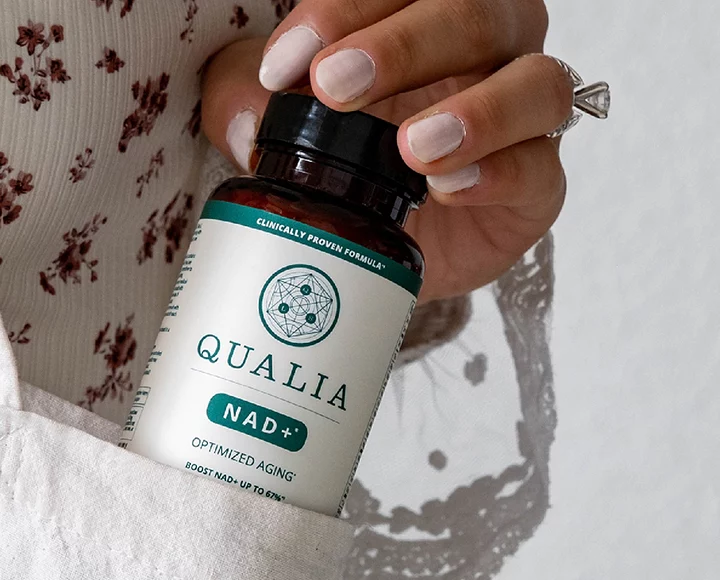We’re known to get a little adventurous at the Sunday farmer’s markets. And sometimes we don’t know what to do with everything we bring home.
Bookmark this simple guide from Hello Natural and rely on it when you find yourself standing in the kitchen this fall, shoulders heavy with totes full of produce!
Raise your hand if this has ever happened to you – you head to the market and are completely won over by all the gorgeous, seasonal produce. Pretty soon your cart is brimming with yummy fruits and veggies. You get home, stash everything in the fridge and then forget about half of what you bought. Before long most of it isn’t fit for human consumption, and your garbage or compost pile is full of wasted produce. Anyone? Yeah, me too.
If you’re getting excited about fall foods, it’s a great time to think about how to store produce. Let’s make it last as long as possible so we can enjoy every bite! Here are 12 tips on properly storing all types of fruits and vegetables. And a few general cues:
– Use the veggie and fruit drawers. They are designed to keep the proper temperature and humidity levels for optimum storage.
– Don’t pack your fridge too tight with too many items – the air needs to circulate to keep it cold.
– Check to see that things aren’t spoiling. If you see something on the verge, use it, or remove it to keep the rest of the items from spoiling.
PUT it IN THE FRIDGE:
BERRIES
Berries of all kinds require refrigeration. They are more apt to spoilage than other fruits. Be sure to sort through and remove any that are smashed or bruised because when one goes bad, the others will shortly follow. You can soak them in a bowl of cool water mixed with a little white vinegar to help halt any mold. Just be sure to let them air dry completely before storing them. Line a plate or their packing container with paper towels to absorb excess moisture.
most VEGETABLES
Green beans, peas, zucchini, yellow summer squash, eggplant, broccoli, cauliflower, mushrooms, corn, cucumbers, celery, bell peppers and root vegetables (not potatoes) should be kept chilled.
LEAFY GREENS
Leafy greens can be stored several ways, but there are some shortcuts that will help you eat and not waste them. Some advice says to store them on the stems unwashed. I do that sometimes if I know I want to use the stem too. Other times, I remove the leafy part, wash well, dry in a salad spinner, and store in a container with a paper towel to absorb moisture. If you buy big tubs of salad greens, stick a paper towel inside to absorb moisture and help them last longer. If you go crazy and buy way too many greens (it happens) you can wash them, spin or pat dry and pack into a freezer proof container or bag to use in smoothies or soups.
ROOT VEGETABLES
Root vegetables will keep for a really long time when stored properly. I keep mine in the vegetable drawer of my fridge, as I do with most of my produce. If you buy root veggies with their green tops still attached, cut them off and treat the greens as described in #3. The greens will keep for 3-5 days, maybe longer depending on how fresh they were when you bought them. The roots will keep for weeks, if not months, if keep relatively dry and cold. If you have a basement that is really cool, dark and dry, they will keep there too. I keep beets and carrots in plastic perforated bags.
A TRICK FOR ASPARAGUS + HERBS
Most herbs need to be kept in the fridge. Leafy herbs like cilantro and parsley (not basil – we’ll get to that) can be kept in a glass of water, lightly covered. Asparagus likes to be stored the same way. It will last a lot longer kept in a glass of water. Trim the ends and place the whole bunch in a few inches of water. If you don’t have the space or don’t want to do that, trim the ends and wrap in a damp paper towel.
KEEP it ON THE COUNTER:
TOMATOES
You probably know that tomatoes should never go in the fridge unless they are cut. Why? The cold temps affect the texture of the tomatoes and turn them mealy. Let them sit at room temperature and you’re good.
BASIL
Basil doesn’t keep for long after it’s been cut. It should be stored on the counter in a temperate area (not too cold or hot), in a glass of water. Refrigeration turns the leaves black, as does excess moisture. To keep it longer, puree in a blender or food processor with a little olive oil or water and freeze in an ice cube tray. You can also turn it into pesto, which keeps for longer.
CITRUS
Citrus, as I have heard for years now, is best kept on the counter. However I just read a compelling article on The Kitchn where they tried out the Cooks’ Illustrated test of putting lemons in a sealed plastic bag with the air removed. They kept for a month vs. one week. So that one is up to you. I use citrus fast enough that I keep it on the counter and I feel like it’s easier to juice them when they are at room temp.
SWEET POTATOES
Sweet potatoes and other varieties should never go in the fridge. Their starches convert into sugar and while you may not think that sounds like such a bad thing, I don’t want my mashed potatoes (unless they are orange) to taste sweet. There is also evidence that storing potatoes in the fridge can also cause carcinogens to form.
ONIONS + GARLIC
Onions and garlic should also be stored somewhere cool and dark, not in the fridge. Also, store onions away from potatoes. If there’s a dark corner on your kitchen counter, cool. If not, stick them in the pantry or basement. The same goes for winter squash.












